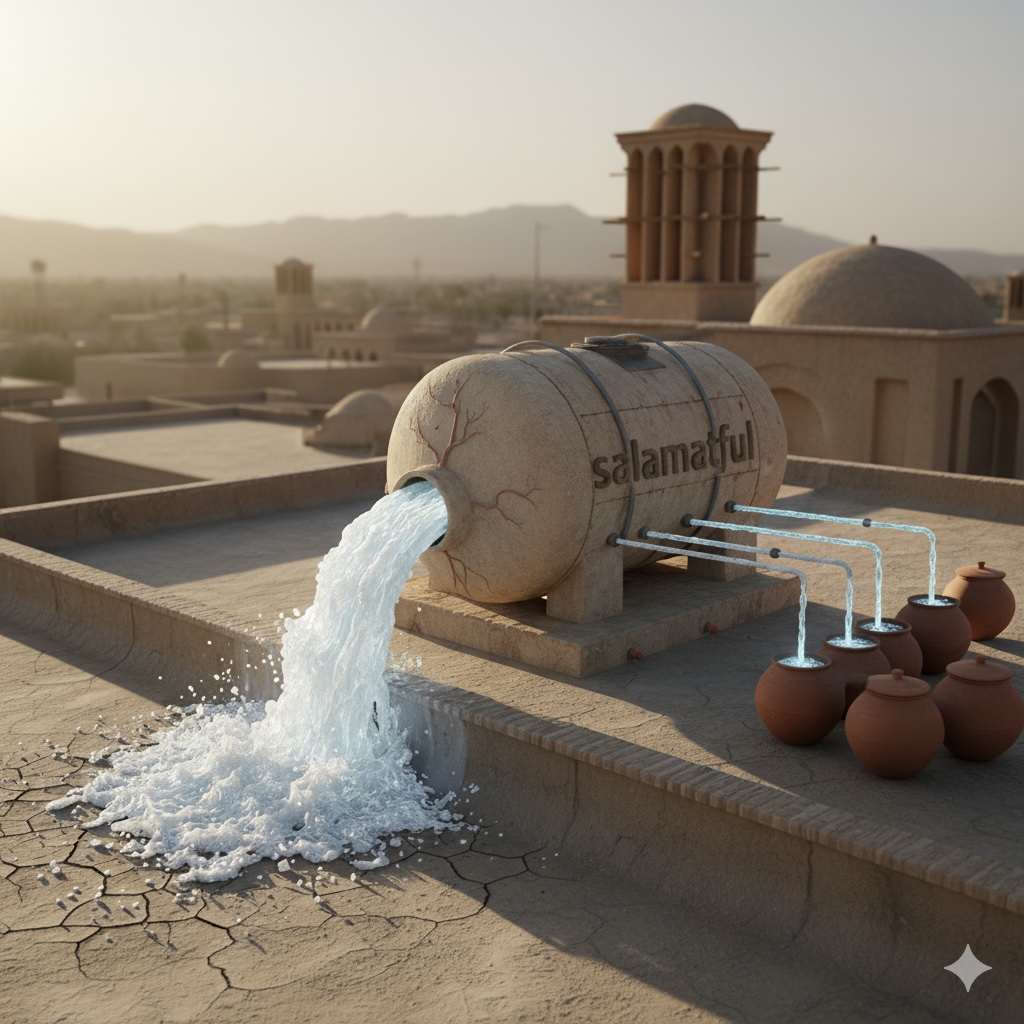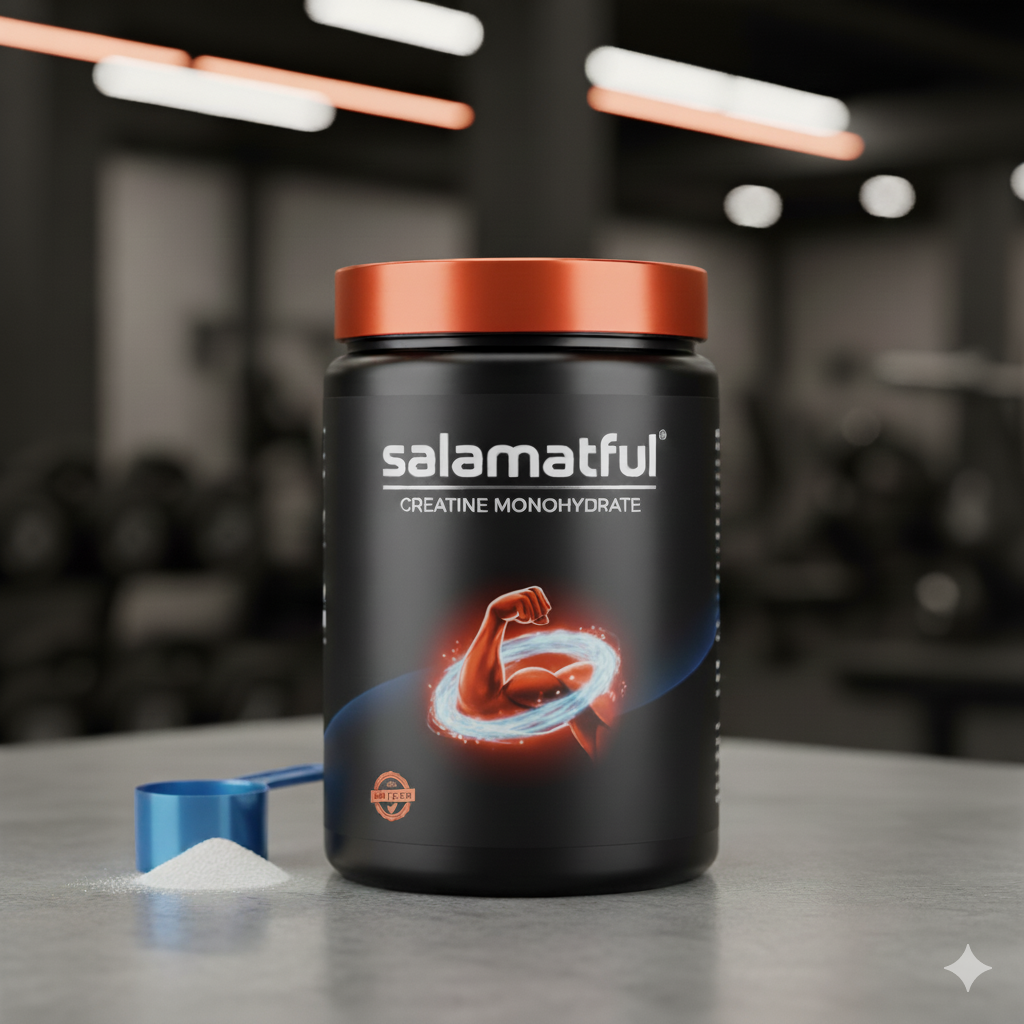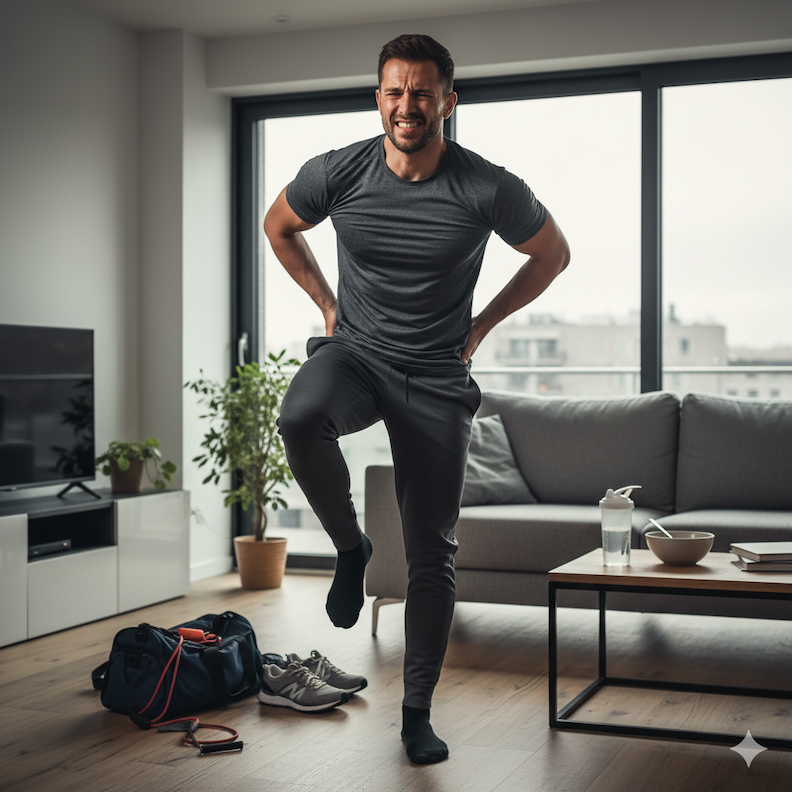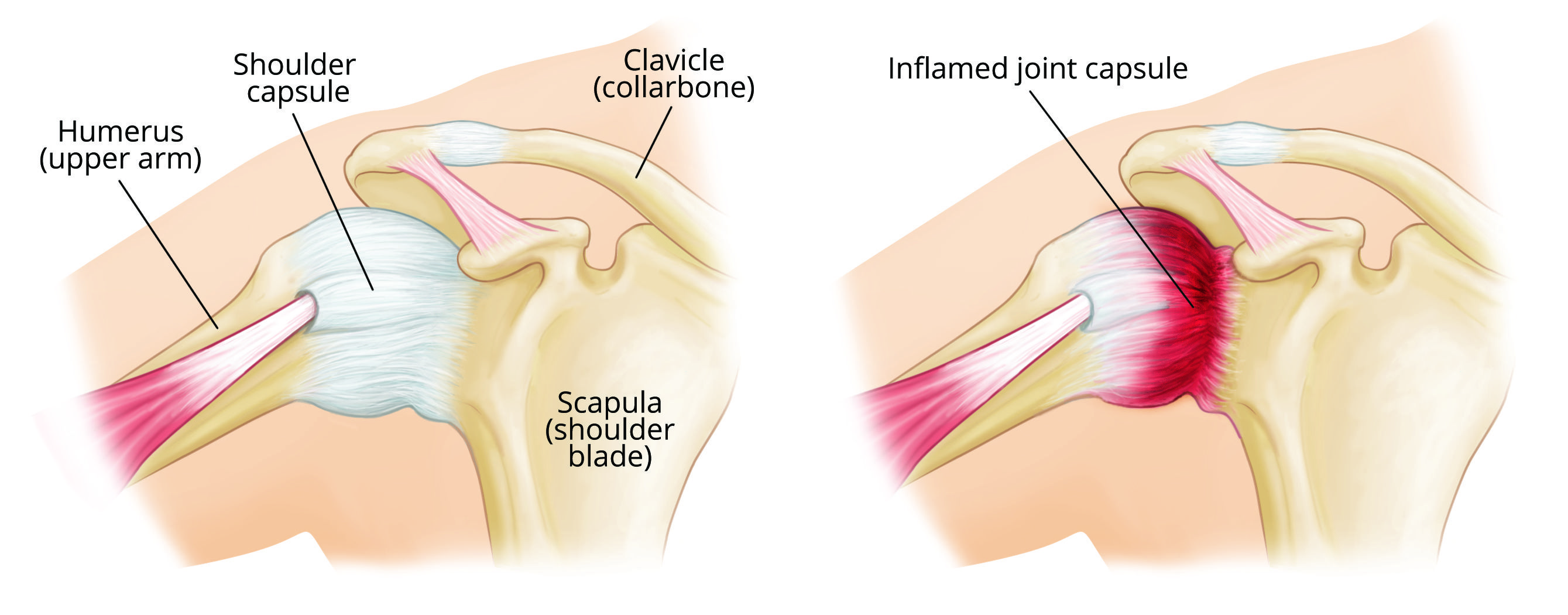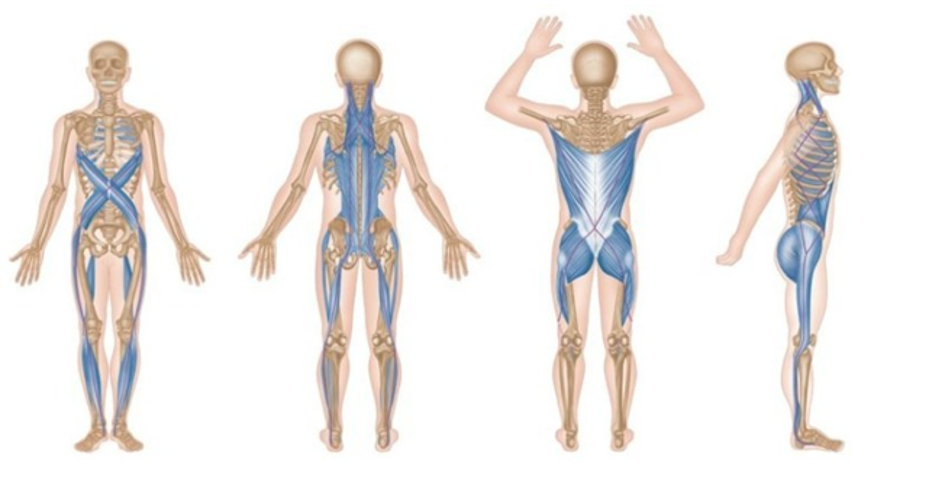
Achilles tendon rupture is a not-so-uncommon injury in athletes, especially in sports played on a field. However, the most common cause can be described as **muscle pre-fatigue**. In addition, lack of physical readiness for a specific sport can be another important factor. Below, we will explore these factors in more detail.
What Is the Achilles Tendon and Why Does It Rupture?
The Achilles tendon is a continuation of the calf muscle (gastrocnemius) and is the most powerful tendon in the human body. This is because it must control the weight of the entire body from the lower leg upwards and also act as a strong intermediary for transferring force from the foot to the lower limbs and the entire body. A rupture often occurs when the calf muscles are fatigued and fail to contract or stretch correctly in a high-intensity situation, such as a friendly soccer match. In a more scientific sense, the runner's legs weren't accustomed to the sudden changes in direction, and the lack of proper neuromuscular coordination led to a sudden, strong pressure on the tendon, causing it to rupture. A second factor that increases the risk of an Achilles tendon rupture is being unprepared for a sport combined with a high body weight, as this tendon manages the weight of the entire body.
Diagnosis and Treatment Methods
The diagnosis of an Achilles tendon rupture can often be done without the need for medical imaging. One of the most important clinical tests that a physician or physiotherapist performs is the **Thompson Test**. In this test, the patient lies on their stomach, and the physiotherapist squeezes the calf muscle. If the foot doesn't move, the test is positive, indicating a tear. If the foot flexes, the test is negative. Regarding treatment, surgery is the most common and reliable method. While a conservative approach (immobilization in a cast) can also be used, the risk of re-rupture is significantly higher (up to 30%) compared to surgery (around 2%).
Surgical vs. Non-Surgical Treatment
In a surgical approach, a cut is made to stitch the torn ends of the tendon back together. The wound is then closed. Arthroscopic surgery is a less invasive method, but open surgery remains the gold standard. The traditional, non-surgical method is to immobilize the foot in a cast for 4 to 12 weeks to allow the tendon to heal. The reason a non-surgical repair is more prone to re-rupture is that the torn collagen fibers are replaced with Type 3 collagen, which is weaker than the original Type 1 collagen, making the tendon more susceptible to injury. For non-athletes, the traditional method can still be a good option.
Physiotherapy and Rehabilitation After Surgery
The physiotherapy process after Achilles tendon surgery begins when the surgeon gives the green light, which is usually around two weeks post-surgery. The process includes modalities like electrotherapy for pain reduction, laser therapy for inflammation reduction, and low-tension exercises for the calf and thigh. Rehabilitation exercises begin with passive calf stretches performed by a physiotherapist and are combined with strengthening exercises for the front of the leg, especially the **tibialis anterior** muscle. Using a set of resistance bands can be of great help in the rehabilitation process.
Take action to treat your heel pain.
If you've suffered an **Achilles tendon rupture** or are in the recovery phase, contact us for a precise diagnosis and a specialized treatment plan.
Book an Online Consultation